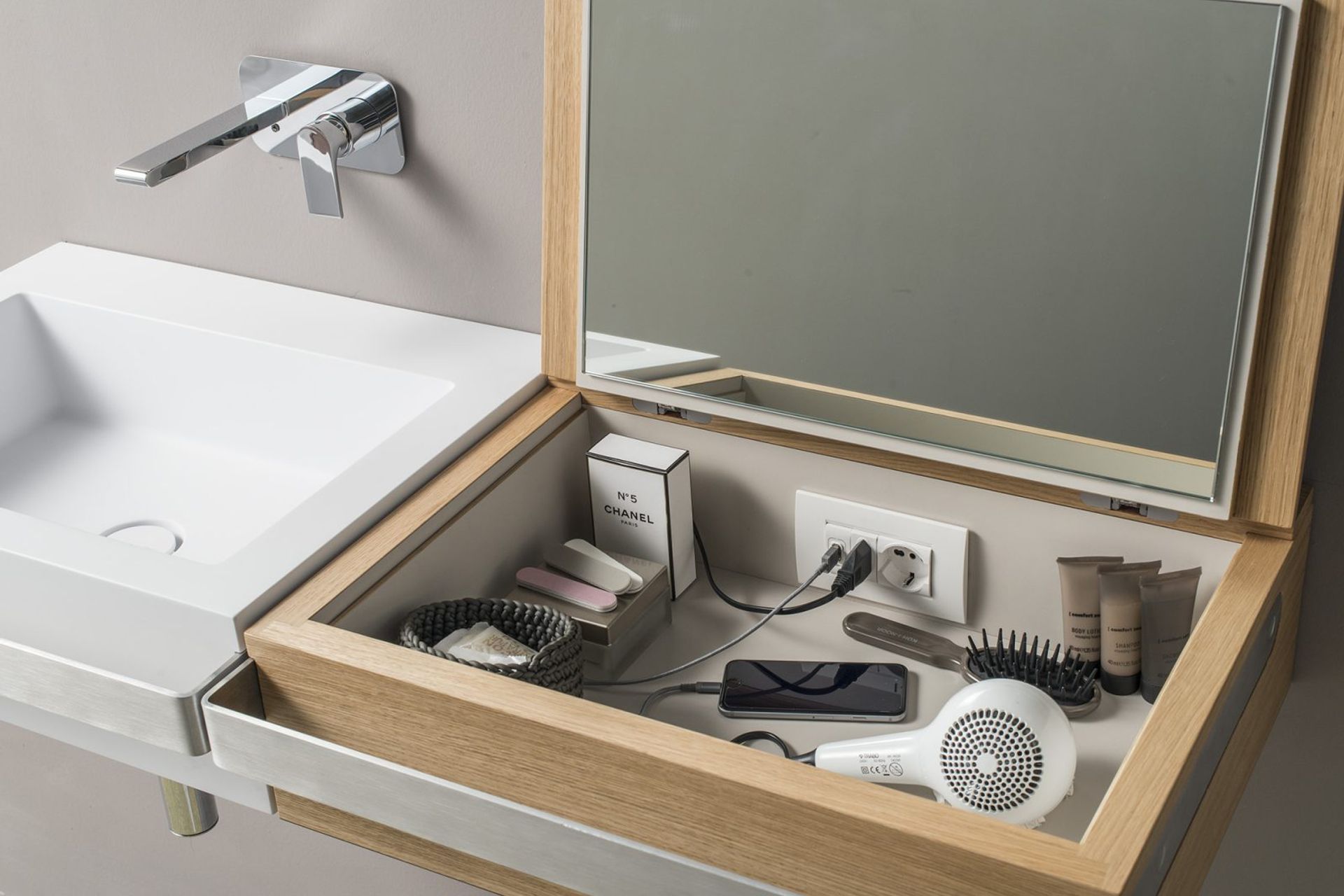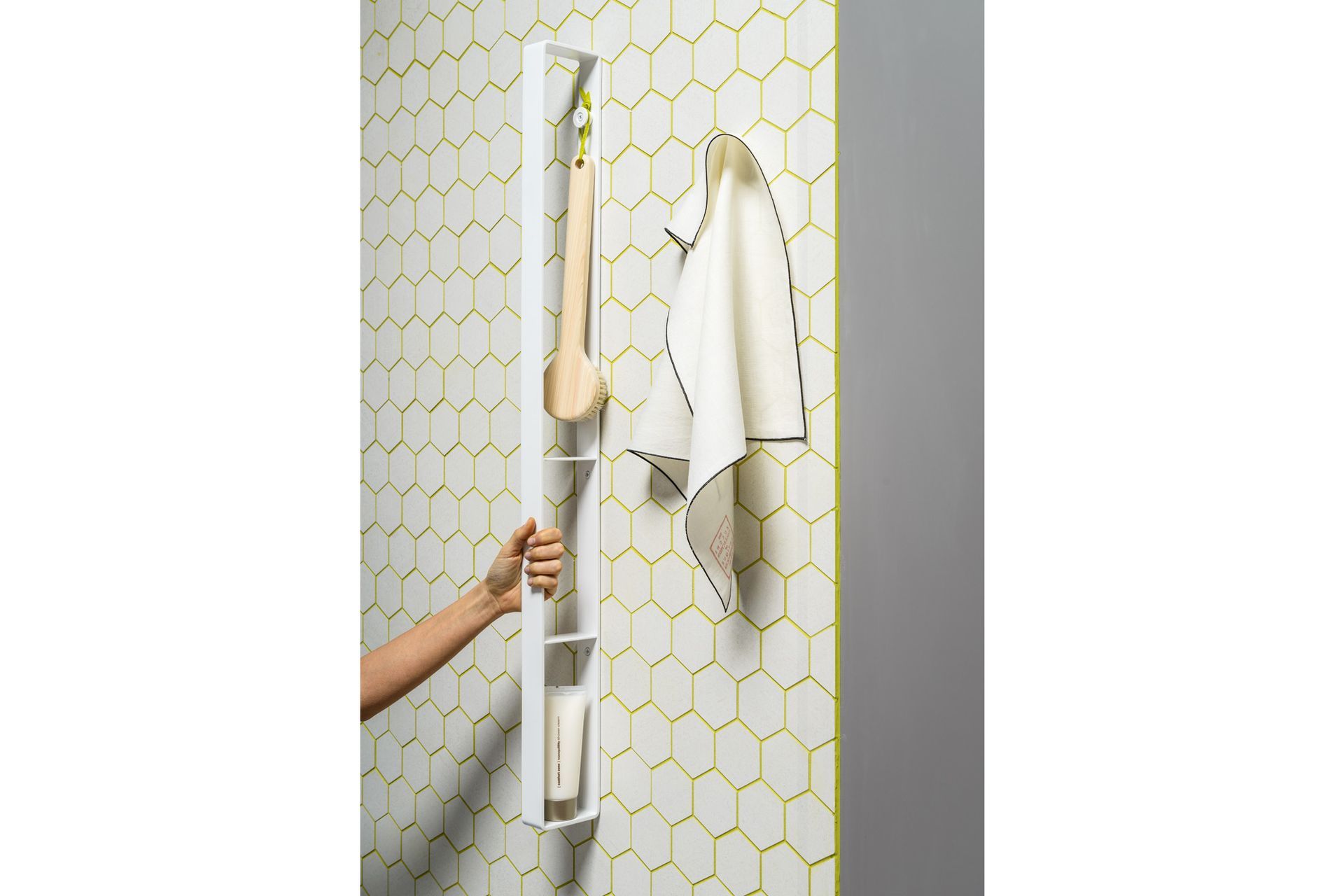The cost of overlooking universal design
Written by
29 September 2019
•
5 min read

Every year, we spend more than $35 million caring for people who have fallen in the bathroom. On average, 77 people are hurt every day as a result of an injury sustained in this way. We spoke to SA Plumbing about how to lower these staggering statistics.
According to figures obtained from ACC relating to the four years to 31 December 2018, there are more than 28,000 accidents recorded in the bathroom on average every year. The cost of those injuries is more than $35 million per year, and they’re not headed towards a downward trend.
In fact, they’re rising at an average rate of around 13 per cent every year. “Preventing these falls and injuries is about embracing a sustainable approach and utilising the principles of universal design,” SA Plumbing Supply’s Sean Paterson says. “The bathroom is unparalleled in terms of the number of accidents and injuries - there is no other room in the home where as many injuries as sustained.
“When we’re younger many of us don’t often think about accessibility and safety when it comes to bathroom design. Generally, when the concept of accessibility is raised, it has the connotation of hospital-like settings devoid of design aesthetics and geared only towards functionality.

“What’s interesting though is that it’s by no means just age or disability that leads to the need for universal design in the home. In fact, at some point or another most of us will experience an injury, an illness or have an accident that means using the home bathroom becomes difficult or temporarily impossible.”
Universal design centres on the concept of creating spaces and products that can be used by the widest range of people possible. It recognises that there is a wide spectrum of human abilities and everyone, even the most able-bodied person, will pass through many stages of life and generally experience periods of illness or injury. “By designing for this human diversity and age we can create things that are easier and suitable for everyone to use at all stages of life,” Sean says.
How to combine sustainability and universal design
Over the last couple of decades, we’ve been more focused than ever before on designing and building sustainable dwellings. “While there is merit in using certain products and incorporating things like Passive House principles into our designs, if you’re not also incorporating universal design into the home, the sustainability of it is called into question,” Sean says.
“If we aren’t clever about designing universally accessible bathrooms, we are missing a huge opportunity from the outset. When this isn’t done, it’s likely that in years to come bathrooms will require either complete renovation or the expensive retrofitting of accessible products and fittings to ensure the home remains suitable and safe for its occupants over time. This in itself is wasteful and can be incredibly expensive. The alternative is incorporating these principles into the design from the beginning, which is significantly more cost effective than retrofitting or redoing a bathroom and reduces the use of resources and products over the lifetime of the building.”
Design vs. function: how to create universally accessible bathrooms with multi-functional design-led products
Modern bathroom products that incorporate universal design, and those that are Lifemark certified, can be indistinguishable from their non-accessible counterparts, allowing for the creation of design-led bathrooms that will stand the test of time and allow for the safe and accessible use by a home’s occupants across their lifetime.
Ageing in place is a concept growing in popularity as more and more people want to stay in their homes as they reach old age. “This means homes need to be geared for safety and accessibility, and it’s often not affordable for people to retrofit or incorporate bathroom products and fittings, rendering a home unsuitable and therefore meaning people are left with no choice but to move to a more suitable place of residence at a late stage in their life - something that many people are profoundly unhappy with,” Sean says.
“The beauty of contemporary universal design products is that they are indistinguishable from other product ranges. The design basis for them is dual purpose; combining form and function to create beautiful yet functional spaces that can be used by the majority of the population at all stages of life.”
Specifying these products is about careful consideration in the initial design stages, allowing for items such as load bearing basins and vanities, shower rails that also perform as grab rails, towel rails that have load bearing capacity - the options are vast. “Then it’s about considering access. For example, ensuring the shower space has level entry so there are no trip hazards, or specifying Lifemark-certified non-slip tiles.

“Hewi is a German-designed and engineered range of award-winning bathroom fixtures and fittings that were developed for this purpose. Hewi offers a large selection of products in a range of materials that marry form and function to suit everyone’s requirements. For many of us, the simple act of showering or bathing can become a challenge in itself after an unexpected injury, during pregnancy, from an illness or as we age but with the right products and design, this doesn’t need to be the case.
Clever design of a support rail is vital. There are many brands on the market that show support rails with colour but that is only a small part of the look. The rounded ends and mounting rose ultimately still looks like a hospital rail. Hewi’s System 900 changes this perception with flat ends and smaller rose mounts.
Hewi products are available in New Zealand exclusively from SA Plumbing Supply, which was formed in 1951 and is a third generation family-owned company representing specialist manufacturers of leading, quality products.
Make sure you visit SA Plumbing Supply on ArchiPro here to find out more about how to incorporate universal design in your bathroom.
